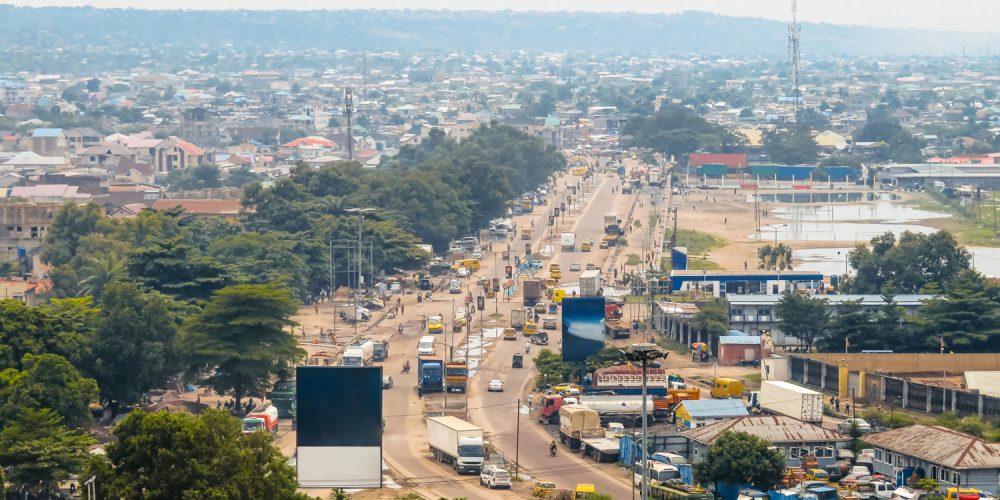
Kinshasa is the capital and largest city of the Democratic Republic of the Congo, with an estimated population of over 17 million people. It is also one of the most congested and polluted cities in Africa, partly due to the high number of vehicles on its roads. But how many people in Kinshasa actually own a car, and what is the proportion of private and public transport in the city?
According to the World Bank, the number of registered vehicles per 1,000 people in the DRC was 13 in 2018, which is one of the lowest rates in the world. However, this figure does not reflect the reality of Kinshasa, where most of the vehicles are concentrated. A study by the University of Kinshasa in 2015 estimated that there were about 1.2 million vehicles in the city, which means a ratio of about 70 vehicles per 1,000 people. This is still low compared to other African cities like Johannesburg (300) or Nairobi (200), but it is higher than some Asian cities like Dhaka (50) or Jakarta (60).
The same study found that only 15% of the vehicles in Kinshasa were privately owned, while 85% were used for public transport or commercial purposes. This means that only about 10% of the population in Kinshasa have their own car, while the rest rely on taxis, buses, minibuses or motorcycles to get around. The public transport system in Kinshasa is informal and chaotic, with no regulation or coordination among the operators. The vehicles are often old, overcrowded and poorly maintained, posing safety and environmental risks.
The traffic congestion in Kinshasa is worsened by the poor condition of the roads, which are often unpaved, potholed or flooded. The lack of traffic lights, signs and enforcement also contributes to the disorder and accidents. The average speed of vehicles in Kinshasa is estimated at 10 km/h, which is one of the lowest in the world. The traffic jams cause economic losses, stress and health problems for the residents.
To address these challenges, some initiatives have been proposed or implemented by the government and other stakeholders. These include:
– Improving the road infrastructure and maintenance
– Developing a formal and integrated public transport system
– Promoting alternative modes of transport such as bicycles or electric vehicles
– Implementing traffic management and control measures
– Raising awareness and education on road safety and environmental issues
– Enforcing vehicle emission standards and inspections
These measures could help reduce the traffic congestion and pollution in Kinshasa, and improve the mobility and quality of life of its inhabitants.
Leave a Reply